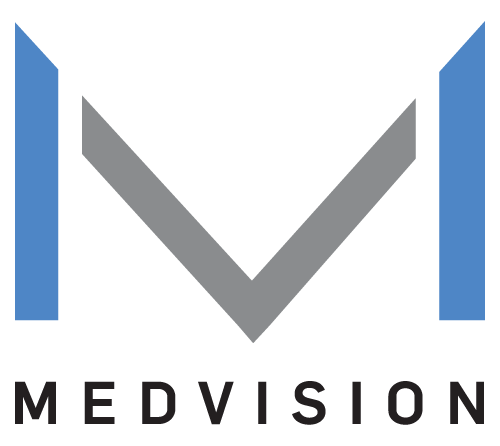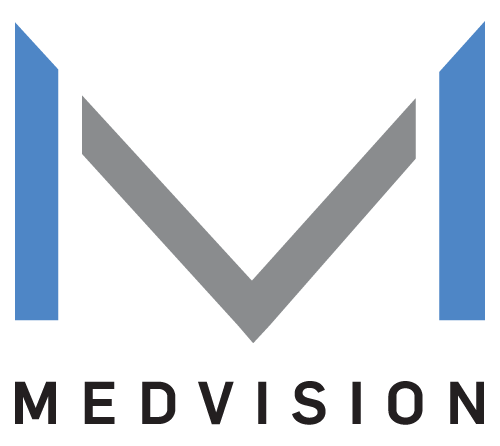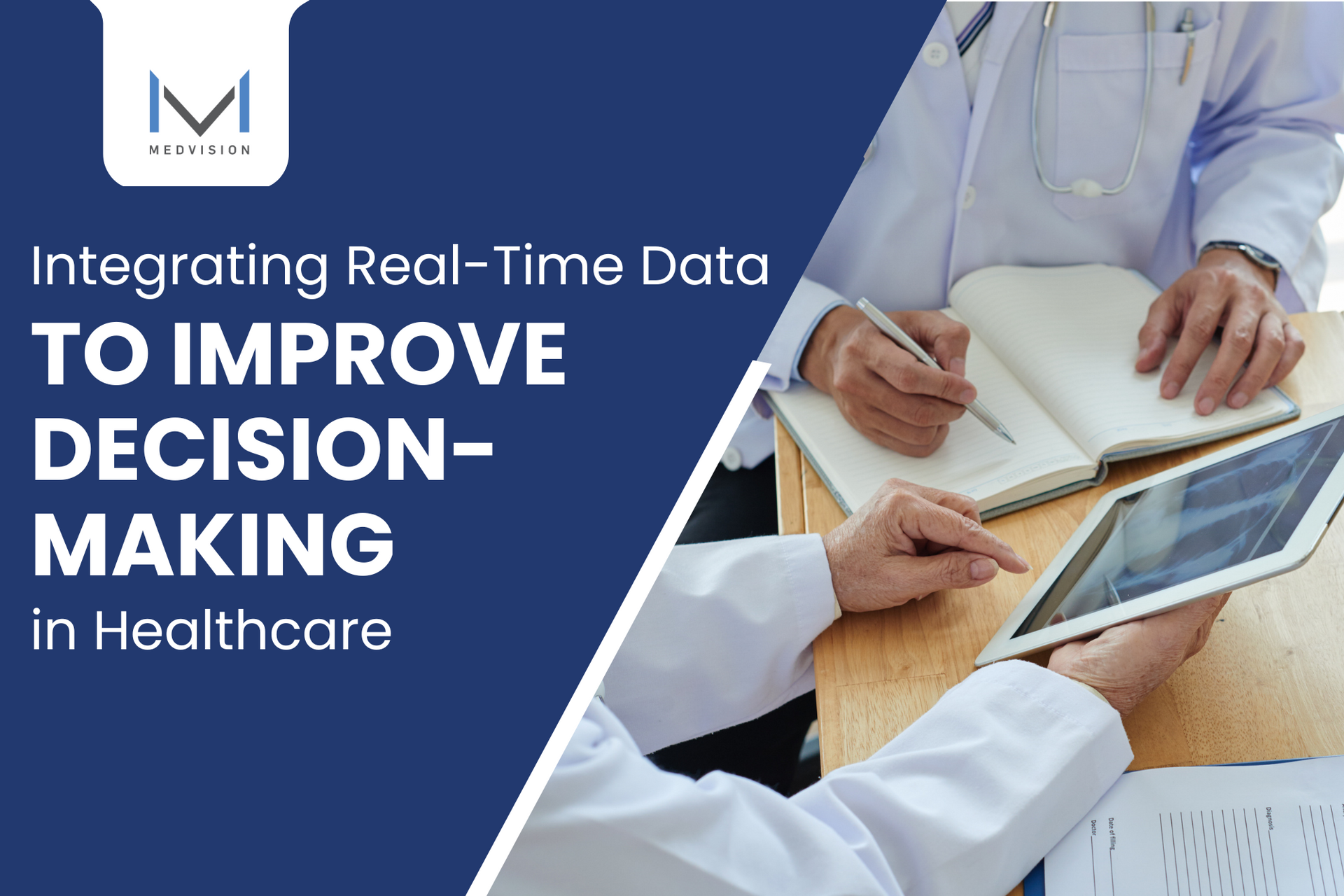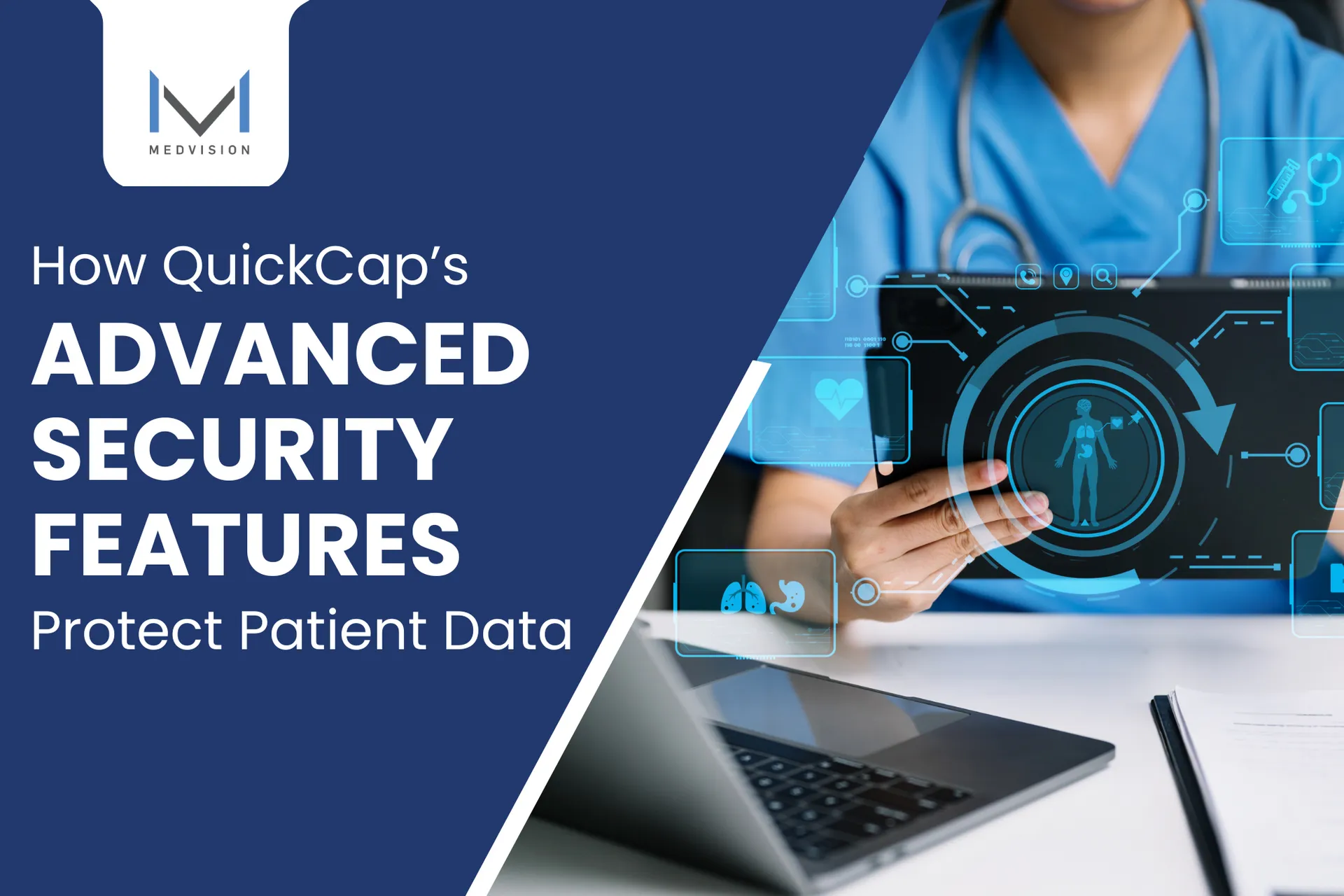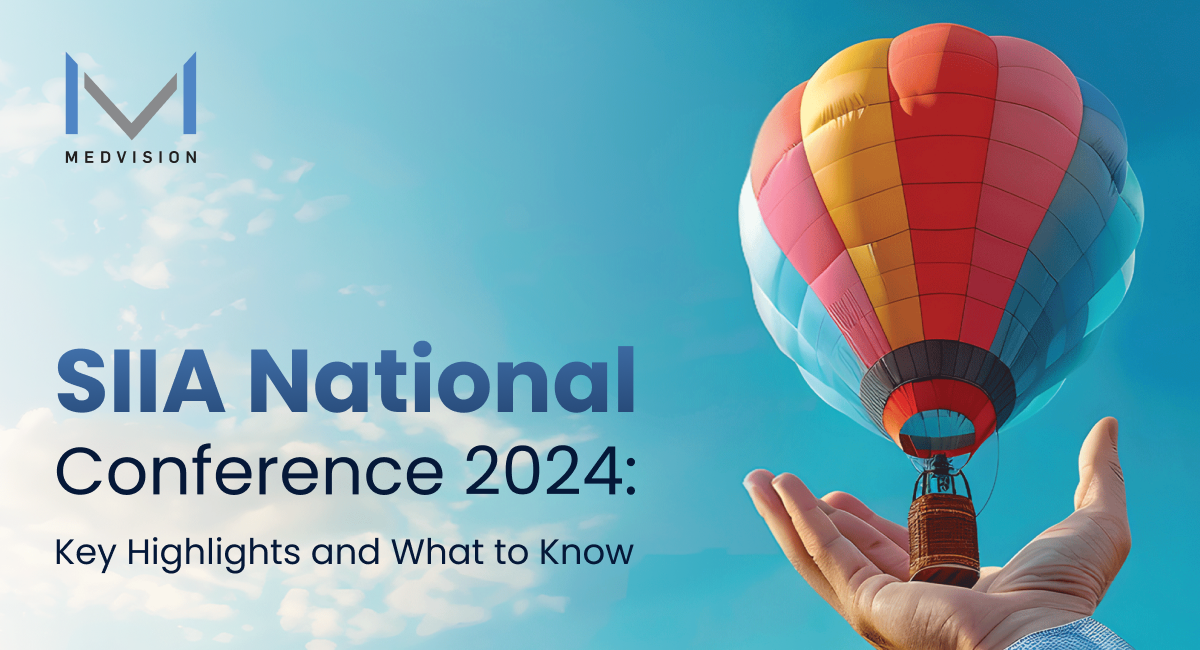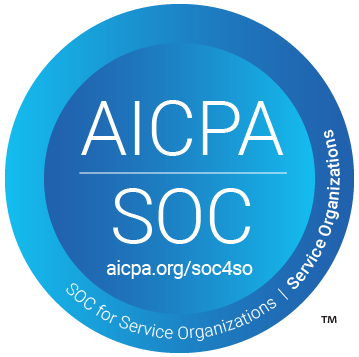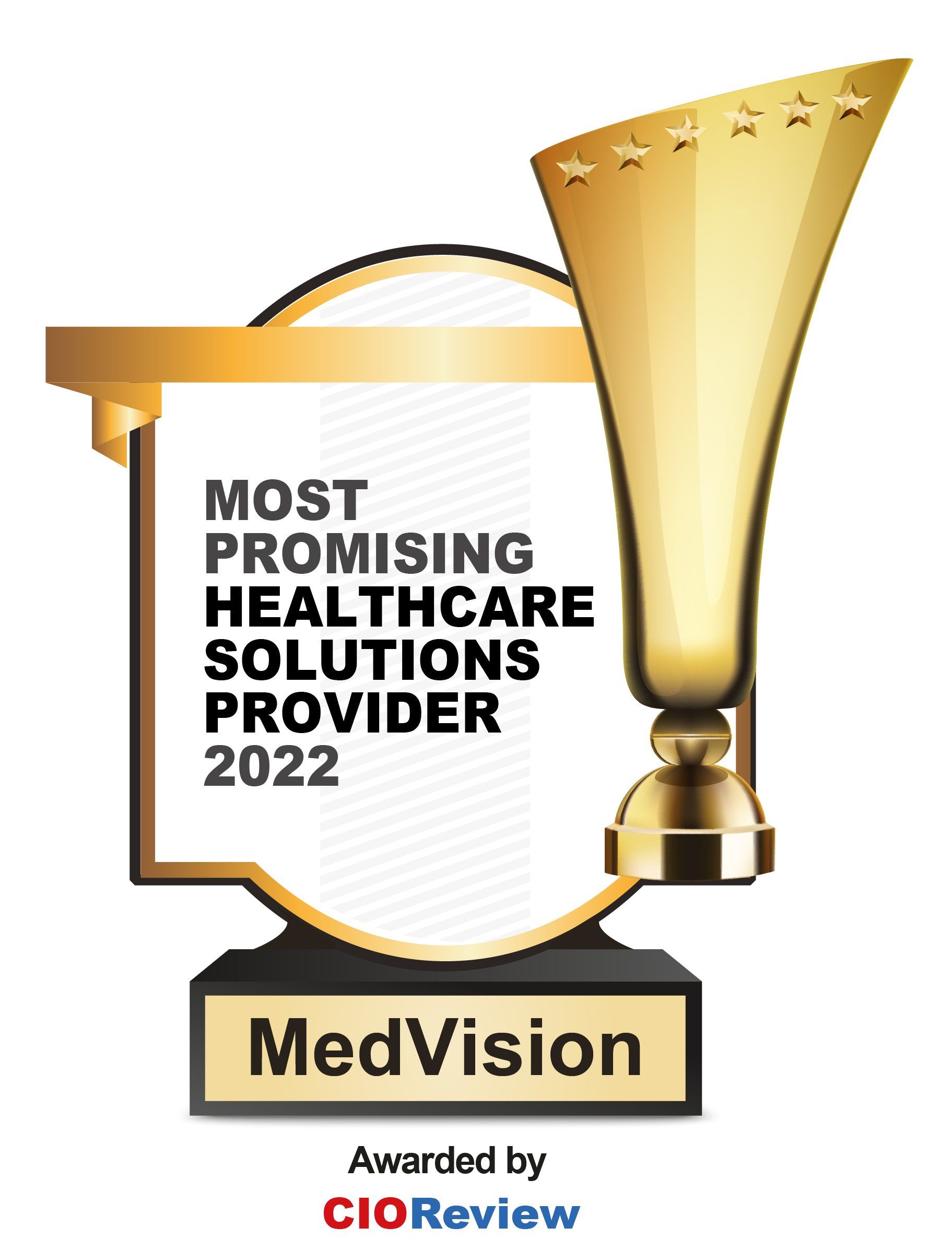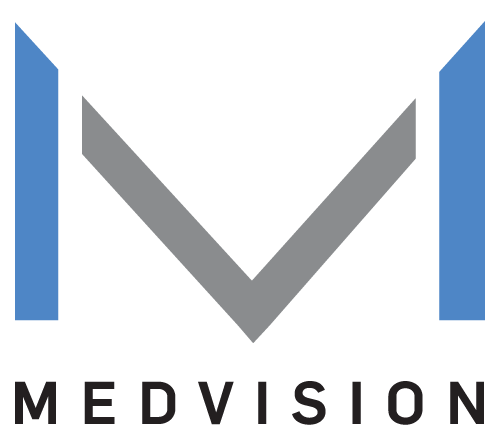Gaining Clarity: Data Visibility in Health Plans

In healthcare, the value of data primarily lies in providing actionable insights into patient care and guiding health plan implementation. Data analysis in healthcare helps providers fully understand the situations they are dealing with and provide effective solutions.
Clear visibility into data is essential in identifying trends, understanding patient needs, and ensuring compliance with regulatory requirements. Innovative tools such as MedVision’s QuickCap v7.0 can help organizations create effective health plans, make informed decisions, and optimize operations.
What is Data Visibility?
Data visibility is the ability to access, study, and understand data across an organization's systems, operations, and members. It involves making data clear and transparent so that people can use the information it presents to make informed decisions. Leveraging tools like QuickCap’s advanced analytics and customizable dashboards can make data interpretation convenient.
In the healthcare industry, data visibility involves providers, administrators, and patients having access to accurate and timely data for clinical care, operational efficiency, and strategic planning. Data analysis in healthcare has become necessary in recent years as healthcare management shifted to a more patient-centric approach.
Data visibility lets stakeholders record effective outcomes, identify trends, monitor healthcare processes, and drive improvement. It empowers organizations to use data for positive outcomes and quality patient care.
What Are Health Plans?
Health plans are contractual agreements that outline the coverage and benefits received in exchange for paying premiums or contributions. Health plans usually include services that promote health, prevent illness, and provide treatment for medical conditions. Most health plans have components that include:
- Rules and Regulations: Health plans include laws and regulations that govern plan eligibility, coverage limitations, claims processing procedures, and appeals processes for disputed claims.
- Coverage: Medical services and procedures include doctor appointments, hospital stays, preventive care, and prescription drugs.
- Benefits: The scope of benefits can vary depending on the level of coverage. Typically, health plans encompass essential medical services, mental health services, dental care, and prescription medication coverage.
- Network: Many health plans have networks of doctors, specialists, hospitals, and clinics with whom they have negotiated contracts.
- Costs: Health plans detail payments associated with healthcare services, including premiums, deductibles, copayments, and coinsurance. Understanding these costs helps in estimating out-of-pocket expenses for medical care.
The Importance of Data Visibility
Enhanced Patient Care
Data visibility allows health plans to instantly access patient information such as medical history, test results, and treatment plans. This enables informed clinical decision-making, personalized treatment approaches, and better care coordination. Providers can provide high-quality patient care with a complete view of patient data.
Improved Operational Efficiency
Data visibility makes tasks smooth sailing within healthcare organizations. Standardizing data across systems and departments in healthcare enables the automation of routine tasks, like appointment scheduling, billing, and inventory management, ultimately saving time. Efficiency means shorter wait times, faster service delivery, and increased patient satisfaction.
Better Financial Management
Transparent access to financial data helps healthcare organizations monitor revenue, track expenses, and identify areas for revenue growth. Data visibility also facilitates compliance with regulatory requirements and financial reporting standards, reducing the risk of penalties and audits.
Performance Monitoring
Health plans can leverage data visibility to monitor performance across key metrics such as cost, quality, and member satisfaction.
Health plans can enhance operational efficiency and effectiveness by identifying areas for improvement through real-time tracking of performance indicators. Visibility into performance can also positively affect healthcare staff, enabling them to recognize their strengths and weaknesses as they work.
Informed Decision-Making
Data visibility provides insights and analytics to guide strategic planning and performance improvement initiatives. Clear access to data helps healthcare management set goals, track progress, and adapt strategies in response to changing patient needs or regulatory requirements.
Enhanced Patient Engagement
Patient portals and mobile health apps provide data visibility and empower individual patients to take a more active role in their healthcare journey. They can securely view, update, and share their health records, communicate with providers, and participate in shared decision-making. Promoting transparency and collaboration fosters patient and provider trust, satisfaction, and engagement.
Regulatory Compliance
Data visibility ensures that health plans have the necessary information to comply with regulatory requirements, practicing accountability to regulatory authorities and stakeholders.
Provider Collaboration
Clear visibility into data encourages collaboration between health plans and
healthcare providers. By sharing data with providers, health plans can coordinate care and enhance the
quality of care delivered to members.
Data Visibility Solution with the Right Tools
Health plans leverage technology explicitly designed for data management in healthcare. One such tool is MedVision's
QuickCap v7.0, a wide-ranging healthcare administration software. QuickCap aids health plans in achieving data visibility with the following built-in tools:
Centralized Data Repository
With all data consolidated in one place, healthcare providers can easily access and analyze data to gain actionable insights.
Advanced Analytics
Advanced analytics capabilities enable health plans to conduct in-depth data analysis in healthcare, uncover trends, and identify opportunities for improvement. QuickCap provides powerful tools for extracting meaningful insights from data and driving
informed decision-making, from predictive analytics to risk stratification.
Customizable Dashboards
Health plans can leverage software to create customizable dashboards tailored to their needs and preferences. These dashboards offer real-time insights into key performance metrics, allowing health plans to monitor their performance and track progress toward organizational goals.
Compliance Features
Platforms like QuickCap have built-in compliance features to help health plans meet regulatory requirements and ensure
data security in healthcare. From HIPAA compliance to data encryption, compliance features provide robust safeguards to protect sensitive healthcare information.
Clarity with QuickCap
With the healthcare industry going digital year by year, embracing data visibility is necessary for healthcare organizations to stay ahead of the curve as patient needs and healthcare regulations change.
MedVision understands the importance of data visibility in healthcare. Our innovative solutions, including QuickCap, aim to give your organization the tools to leverage your data's full potential.
Are you ready to take the first steps toward gaining clarity with your health plans? Contact us today to learn how we can help you achieve your data visibility goals and improve how you deliver patient care.
Unlock Health Plan Clarity with Data Visibility
Recently published articles
Keep in touch
Subscribe to get the latest update
Trending topics
Share your insights on social media
Upcoming events and company news
